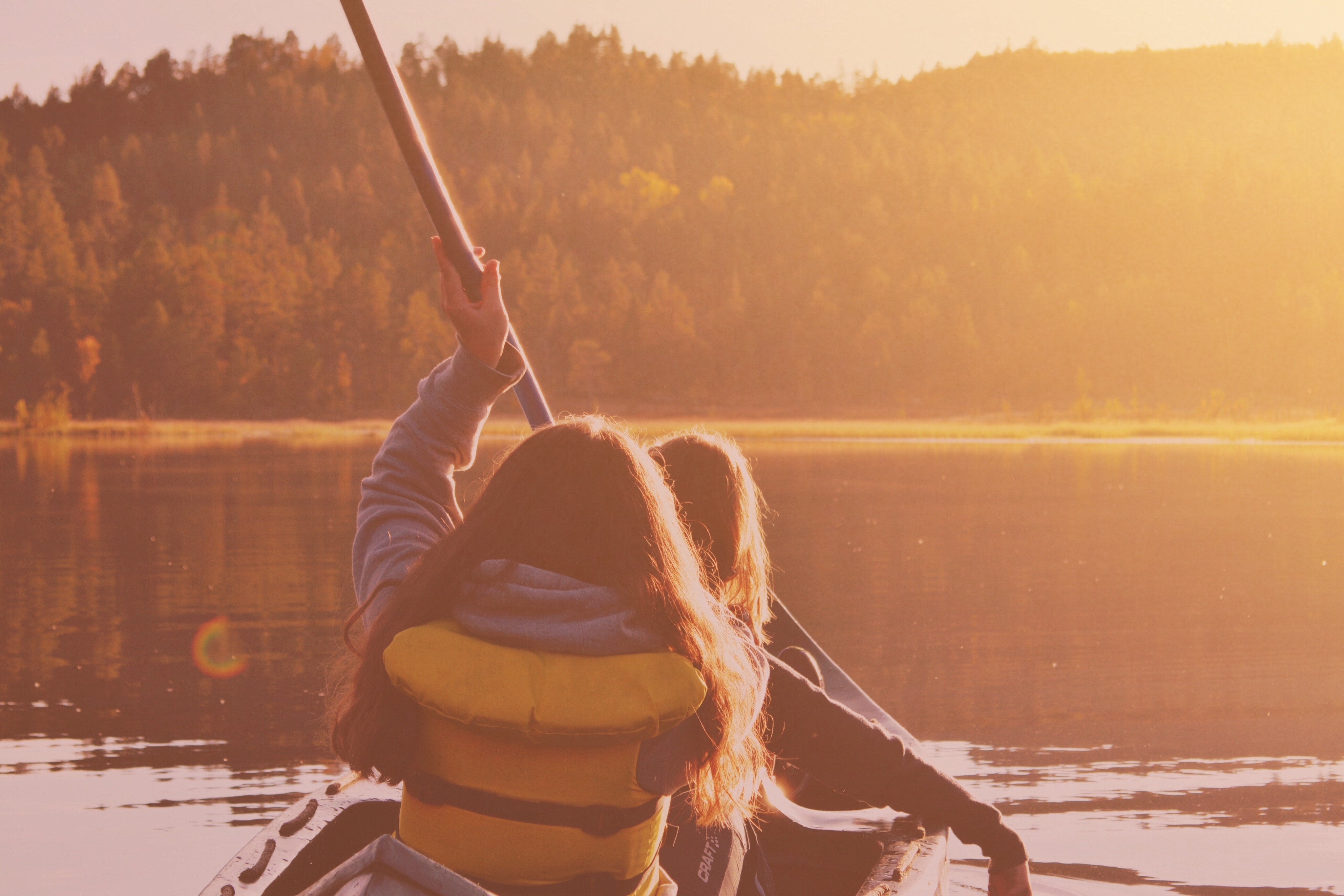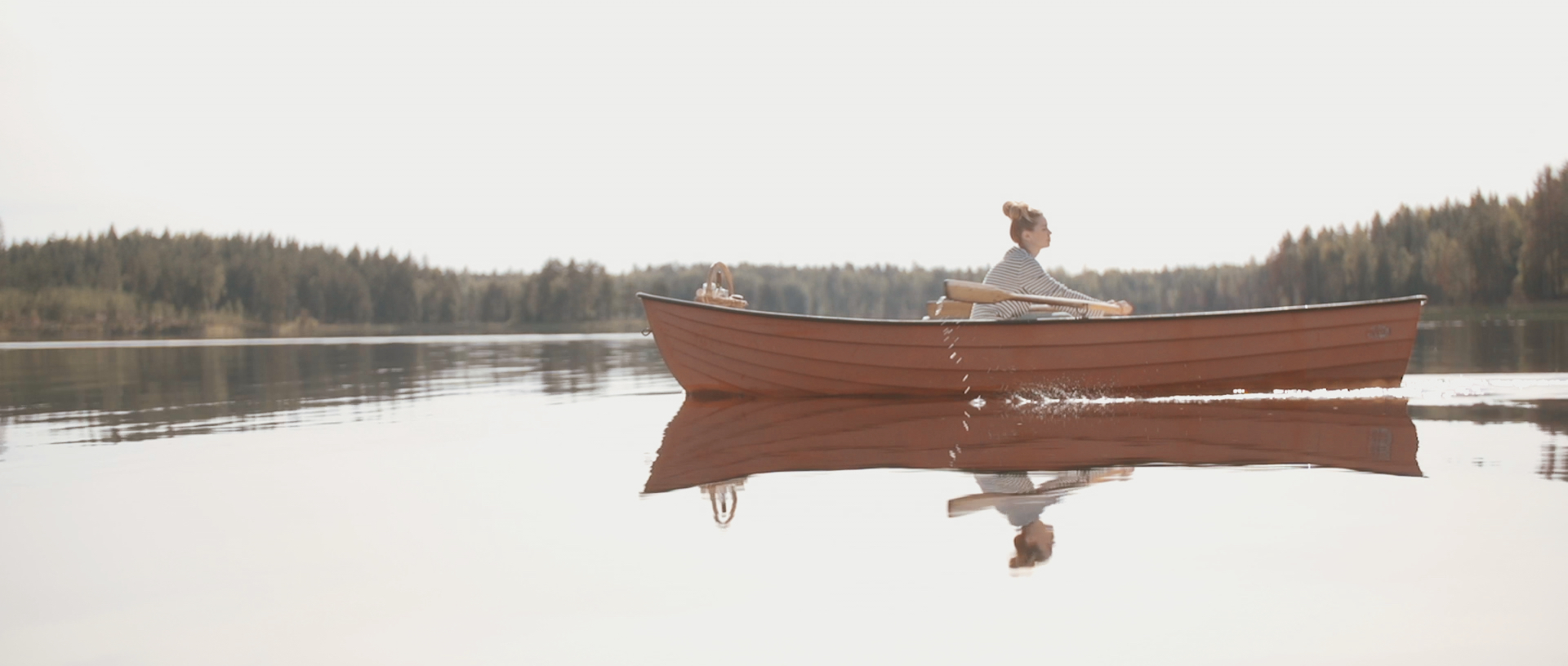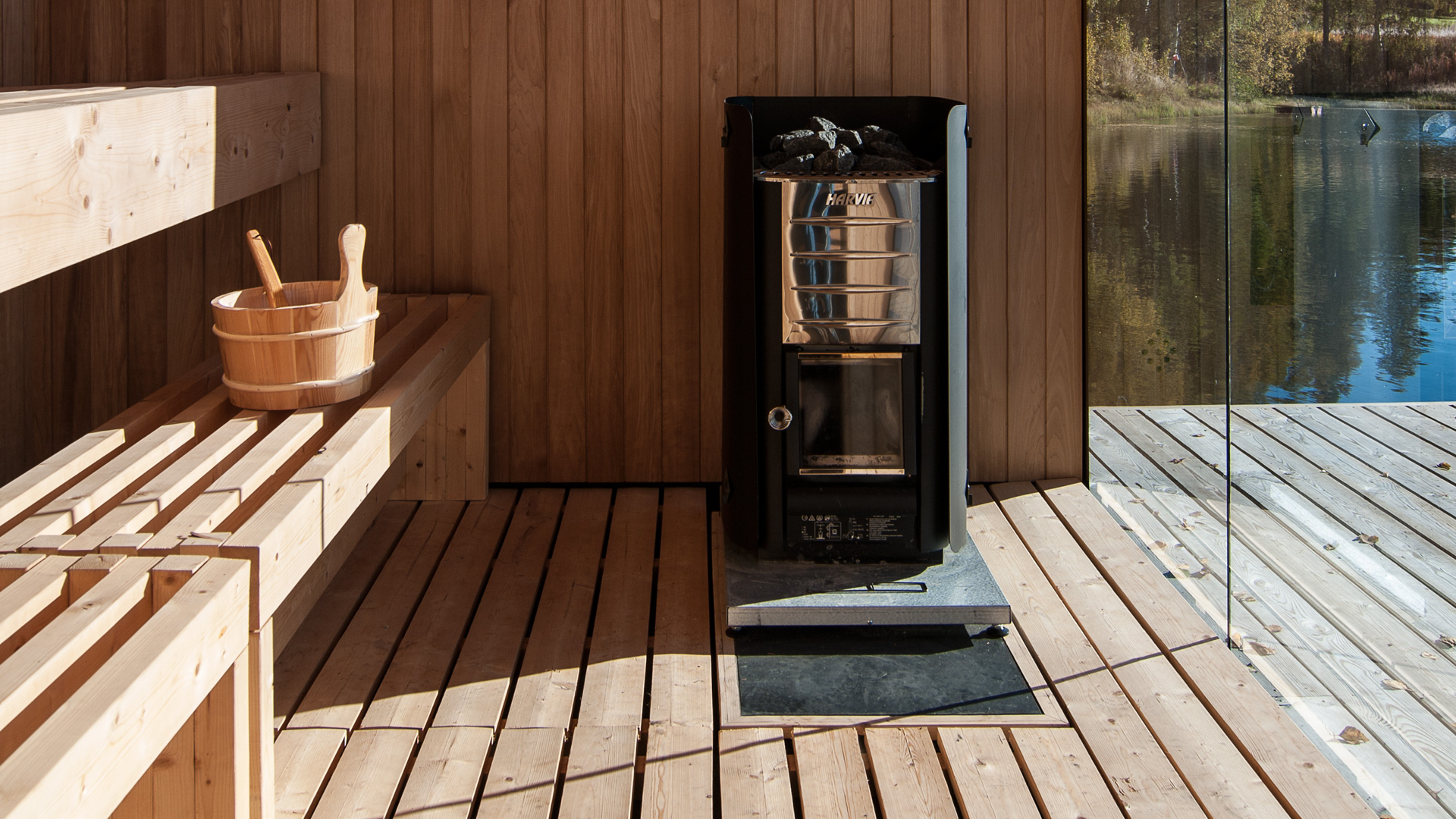Standing on the deck of a 1920’s loggers cabin, alone on a Swedish island in the midst of a lake feeling like an extra in an Ingmar Bergman film I began my moose call, taught to me two days earlier by a pretty 23 year-old Swede who roller-skated her way into a supermarket in Stockholm and almost into me. What could have been a great ‘how we met’ story ended instead in a park with her pushing her index fingers down onto the outsides of her nose, and making honking sounds into her cupped hands. This, she said, should get the attention of any moose within honking distance. “If you’re going up to Ockelbo, it might come in handy.”
Sadly, it did not. Ockelbo moose can be recalcitrant beasts.
The island was small, maybe an acre, and lay deep in the Ockelbo region two hours drive north of Stockholm, a lake-filled agricultural district first settled by neighboring Finns in the 17th Century in an era when Sweden’s expanding borders were porous and ill-defined. Swedes still sometimes refer to Ockelbo as the Finnskogen, the Finnish Forest. There are black bears out there, and wolves and lynx and even moose, too, I’m told, and yet it remains stubbornly overlooked by tourists who head mostly to the places in Sweden they feel they know or have at least heard of, like Stockholm, Gothenburg, and Lapland. This needs to change.
My host Jeroen collects all his guests from Ockelbo Railway Station in his 4WD and takes them along forest roads to a small runabout he keeps moored on the lake shore. He’d already been to the island once today, stocking the cabin’s kitchen with milk, pasta, pesto, beetroots, carrots, potatoes, parmesan, mushrooms, onions, red wine, herbs, a folder full of recipes, ten litres of drinking water and more – all the ingredients for the six meals that would, in my isolation, become more than just meals. Mealtimes and the slow, purposeful preparation of food – the peeling, slicing, weighing, measuring, tasting - became like cairns that you pass by on a long traverse, markers of the passage of time. Rituals to be savored.
Of course, I didn’t know all this yet. I’d just got here.
Cutting the engine, we drifted through the dense reed grasses that all-but encircle this pine, birch and spruce-filled place. Tossing my pack onto the wooden jetty, next to which bobbed a classic Ockelbo-styled canoe, we walked up a small incline to the cabin.
Inside there was barely a nod to anything post-1920. Its four ample rooms comprised a kitchen with a portable gas cooker, bar-sized refrigerator and wood burning stove, a bathroom with bath, a bedroom with two single iron beds and chest of drawers, and a living room with two armchairs, two single beds and an open fireplace beside which was a small wood pile with enough fuel to keep it lit for a few hours each night. Fireplaces are harbingers of life here, where winter temperatures can drop to minus 14 degrees Celsius in February and the lake outside freezes over.
Swedes love pared-back escapes and the pursuit of Stilleben - the Still Life - yet even by Nordic standards, life here was sparse. The cabin’s only power source was a 12-volt solar cell, used to power the refrigerator and light in the bathroom. The toilet used a gas fire to burn waste, and a small gas generator provided hot water to the bathroom. There’s no internet, but you’re connected to Sweden’s 4G mobile network if you need to call for assistance.


Jeroen cautioned as he powered up his boat and pulled away from the jetty: “When you’re canoeing, from a distance the island’s tree line can blend into the surrounding shorelines on the mainland and with other islands. It’s easy to become disoriented. Just keep the island in sight, and you’ll be fine”.
“And if you don’t come back?!”
“Ha, everybody asks that. See you 10:00 am Thursday!”
And he was gone.
What lay ahead was a dynamic of my own making. Come here with your loved ones, and your time will be filled with conversation and togetherness. Come here on your own, however, and your mind can go anywhere. The islands nearby seemed uninhabited, and the distant shorelines bereft of anything suggesting the presence of humans. There were no boats on the lake, nor even any jet trails in the sky. And no noise, save that made by the wind. A few days of this, and you’d begin to wonder if Sweden had succumbed to some virulent new pandemic.
Paths trailed a few meters into the forest from the end of the cabin’s large outdoor deck but were quickly swallowed up by a lush undergrowth of blueberries and lingonberries, ferns, cushion-like mosses, lichens and sphagnum, and some of the largest fungi you’ll ever see. Above in the canopy, autumn leaves were starting to turn, just hints here and there. In three weeks these woods would be awash with color.
In the cabin, candles were placed in every room and on every horizontal surface - bookshelves, window sills, tables - because at night when there’s no moon, the darkness here is total. Candles are little more than oddities to us now, decorative curiosities, and the term candlepower, first coined in 1860’s industrial Britain, now an obsolete unit of measure. But here, on this island, candles and candlepower still had meaning. They still mattered.
Lots of things still mattered. Things like walking in the rain and sheltering under a tree, marvelling at the shape of a leaf, staring at beds of reed grass in a fading light, looking at clouds, taking a nap in the afternoon or risking Cold Shock Syndrome by stepping into the lake’s soon-to-be-frozen water off of my favourite south-facing rock.
At first, it was the solitude that seemed the island’s most obvious gift. But as the hours went by the real revelation was not the absence of people, but of noise. Silence here was on a grand scale, not uncommon perhaps in a country that is still 95% uninhabited and with the largest tracts of wilderness remaining anywhere in Europe. But grand, nonetheless.
The canoe brought with it the promise of fresh perspectives, with circumnavigations of the island completed first one way and then the other, followed by more ambitious journeys towards distant shores. Late on the second afternoon, a forest of enveloping, pencil-thick reed grasses at the center of the lake became both a watery anchorage beneath a full, yellowing moon and a reminder of one eternal, revelatory truth: how the beauty of nature is magnified when drenched in silence.
The guest book is by far the most elaborately illustrated guestbook you’ll ever see, filled with poems and some quite beautiful drawings of the island’s flora alongside depictions of families playing board games and hide-and-seek, everything from fishing and frog hunting to berry picking expeditions.
It was Thursday morning, a few minutes to 10 o’clock when the first faint sounds of meshing gears, and of a churning propeller, reached the cabin. Punctual people, these Swedes.
I grabbed my pack and walked, sullen-faced, towards the jetty.
Humanity was coming.
Read here about 50 Degrees North's Swedish Island Retreat - 5-day tour.
Fifty Degrees North specialises in bespoke tours throughout Scandinavia, the Arctic and beyond. Go to www.fiftydegreesnorth.com
